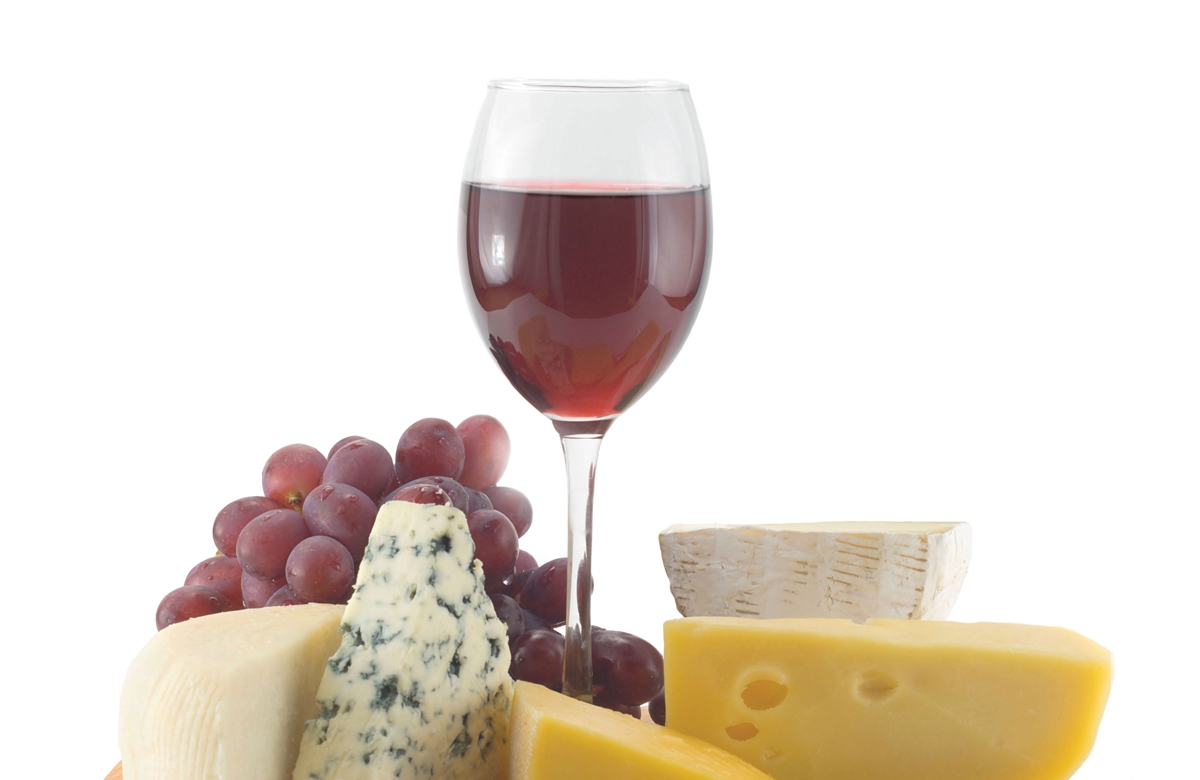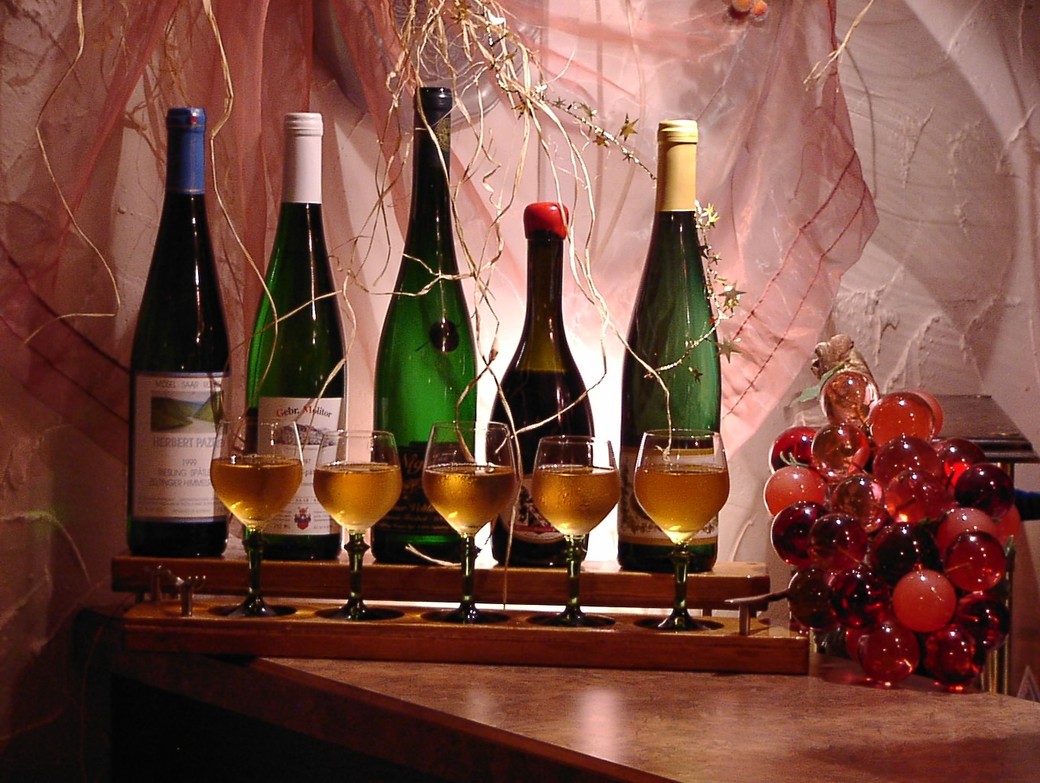
Make My Cheese Canadian – Please!
Grocery stores and farmers markets are overflowing with artisan cheese and the good news is that the rise of local cheesemakers is not stopping anytime soon.
There is no need to venture to the European section of the cheese counter to find a wedge that will wow your taste buds. Impressive cheese is made in our backyard.
In fact, being in Ottawa we are treated to cheesemakers on both sides of the border – Quebec and Ontario. And we are talking about more than just cheddar. Locally made cheeses span the gamut of tastes and styles.
Best of all, Canadian cheeses are rivalling the European equivalent at international competitions.
One of Canada’s renowned judges at these competitions is Vanessa Simmons, cheese sommelier and curator of Savvy Cool Curds, the only artisan cheese-of-the-month club that exclusively features Canadian cheeses. Vanessa knows everything there is about cheese and she travels coast to coast visiting cheese-makers and farmers to learn the ‘whey’ they make Canadian cheeses.
“Often a recipe that has been passed through a family for generations is the starting point,” explained Vanessa.
This is exactly the case with Gunn’s Hill Artisan Cheese located in Woodstock, ON – Canada’s dairy capital.
“We make alpine-style cheese like they do in Holland,” said Shep Ysselstein, who weaves his family Dutch roots into his rapidly growing cheese business. “All of my cheese is made with the milk of my father’s herd of 120 Holstein cows. Every two days, fresh milk is delivered from the farm across the street to my cheese production facility. I use every last drop.” Gouda, washed rind cheeses and brie are Shep’s signature creations.
If you have enjoyed the Beau’s cheese – washed with Lug Tread beer – the cheese is in fact made at Gunn’s Hill.
Sheep, goat and cow milks are the main ingredient that the cheese-maker starts with.
Seasonally, the cheese-makers need to tweak their recipes to reflect the make up of the milk.
In the winter, they need to compensate for higher fat content in the milk, in order for the cheese to not be too soft.
During times of the year when the animals are fed a lot of carrots, there are higher levels of beta carotene in the milk, resulting in a cheese with a more golden hue.
Whether the recipe is a family secret or not, cheesemaking is part art and part science.
SO MANY CHEESES, SO LITTLE TIME!
In France, they boast there are more than 365 different types of chèvre (goat cheese). While this sounds divine, the idea of constantly trying different cheeses is definitely appealing.
Where to start? Vanessa Simmons tells us where and how.
Check out the best-before date – Pick a cheese that is closest to best-before date to enjoy right away. This might actually mean that the price of the cheese is discounted for quick sale. Often cheese is sold into grocery stores young. You want a cheese that has been ripening. The exception to this rule: Fresh Cheese or Cheese Curds.
Soft rounds of cheese – Buy small. Give them a squeeze on the sides. Notice if they are firm or ‘squishy.' What you want is a round where the edges are soft to indicate that the cheese is ripe and ready.
It’s OK to eat the rind – The rind is often washed with wine, beer or a special concoction that is intended to help the aging process while the cheese is in the caves. The effect is a hardened outside to the cheese that is fine and delicious to eat. The exception to this rule: watch out for rind that is wax. This is not intended to be eaten.
Like your curds squeaky? – As soon as you put curds in the fresh, the squeak disappears. The cheese is fine on the counter for a few days.
Building a Canadian Cheese Board 101
Instead of slaving hours to make hors d’oeuvres or a fancy dessert, create a cheese board.
Use Vanessa’s tried and true tips and you’ll be guaranteed to get top reviews for your cheese selection.
Vanessa’s Buying Tips:
Milk type: Cow, sheep, goat, buffalo (when in season). Buy at least one of each.
Style of cheese: Select different styles: fresh, soft, semi-soft, washed, firm, hard . . . and always make sure there is a blue cheese.
Age of cheese: Have a variety of young & old cheeses.
Visual variety: Select cheeses that have visual appeal. Rounds, wedges, chunks, even in pyramid shape – in combination will create the wow factor.
How much? Five-10 gms/cheese/person is a good rule of thumb.
Serving Tips
Take them out of the fridge – make sure the cheeses are at room temperature – arrange on the cheese board at least one hour beforehand. This will allow the flavours and texture to shine their finest.
• One knife please
Place one knife per cheese on the board.
• Wood, plate or slate
Use an interesting wooden board, cross cut log, antique plate, slate or marble tiles or tiered trays for visual appeal.
• To cut or not to cut
Don’t cut up small pieces in advance.
• Add-ons
Sprinkle onto the board fresh berries, dried fruits, toasted nuts, olives, caramelized or pickled onions or milder charcuterie items as accompaniments.
• Plain Jane
Serve specialty breads and plain crackers. Crackers dressed with herbs or spices will conflict with the taste of the cheese.
Debbie Trenholm is a sommelier and the founder of Savvy Company
savvycompany.ca











